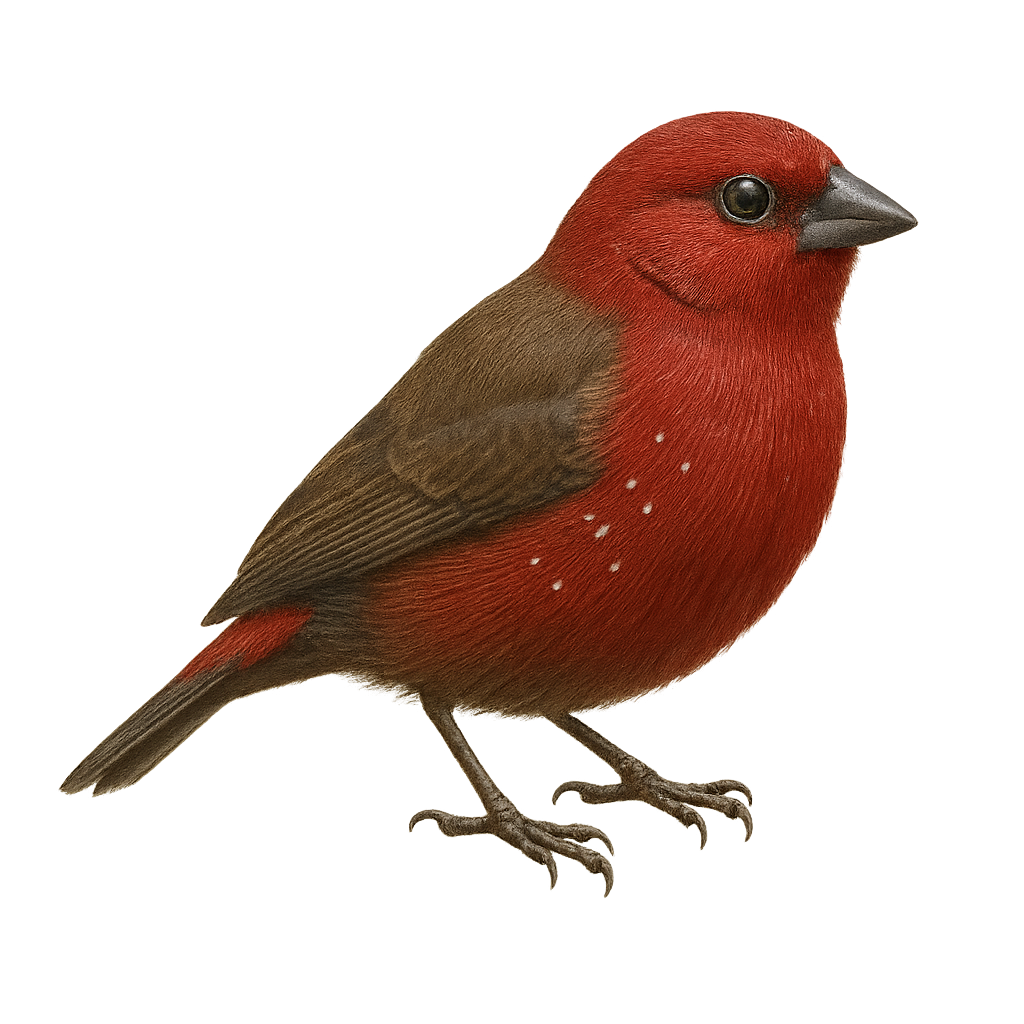Your wildlife photography guide.
Explore the african firefinch in detail, study its behavior, prepare your shots.
Where to observe and photograph the african firefinch in the wild
Learn where and when to spot the african firefinch in the wild, how to identify the species based on distinctive features, and what natural environments it inhabits. The WildlifePhotographer app offers tailored photography tips that reflect the african firefinch’s behavior, helping you capture better wildlife images. Explore the full species profile for key information including description, habitat, active periods, and approach techniques.
African Firefinch
Scientific name: Lagonosticta rubricata

IUCN Status: Least Concern
Family: ESTRILDIDAE
Group: Birds
Sensitivity to human approach: Suspicious
Minimum approach distance: 5 m
Courtship display: September to December
Incubation: 11-13 jours
Hatchings: September to January
Habitat:
Savannas, open forests, shrublands
Activity period :
Primarily active during the day, with peak activity in the morning and late afternoon.
Identification and description:
The African Firefinch, or Lagonosticta rubricata, is a small African bird with bright red and brown plumage, often adorned with white spots on its belly. It is primarily found in savannas, open forests, and shrublands. This bird measures about 10 to 11 cm in length and weighs between 8 and 12 grams. Males and females exhibit sexual dimorphism, with males displaying brighter colors. They mainly feed on seeds but also consume insects. The African Firefinch is known for its melodious song and social behavior, often living in small groups. Its geographical range extends from West Africa to East Africa, and it is generally sedentary, although some local movements may occur depending on climatic conditions and resource availability.
Recommended lens:
400 mm – adjust based on distance, desired framing (portrait or habitat), and approach conditions.
Photography tips:
To photograph the African Firefinch, it is advisable to use a 400mm lens or longer to capture detailed images without disturbing the bird. Look for areas where they feed or sing, often at sunrise or sunset. Be patient and discreet, using a tripod to stabilize your camera. The natural light of the morning or afternoon can provide ideal conditions to capture the bright colors of their plumage.
The WildlifePhotographer App is coming soon!
Be the first to explore the best nature spots, track rutting seasons, log your observations, and observe more wildlife.
Already 1 432 wildlife lovers subscribed worldwide

